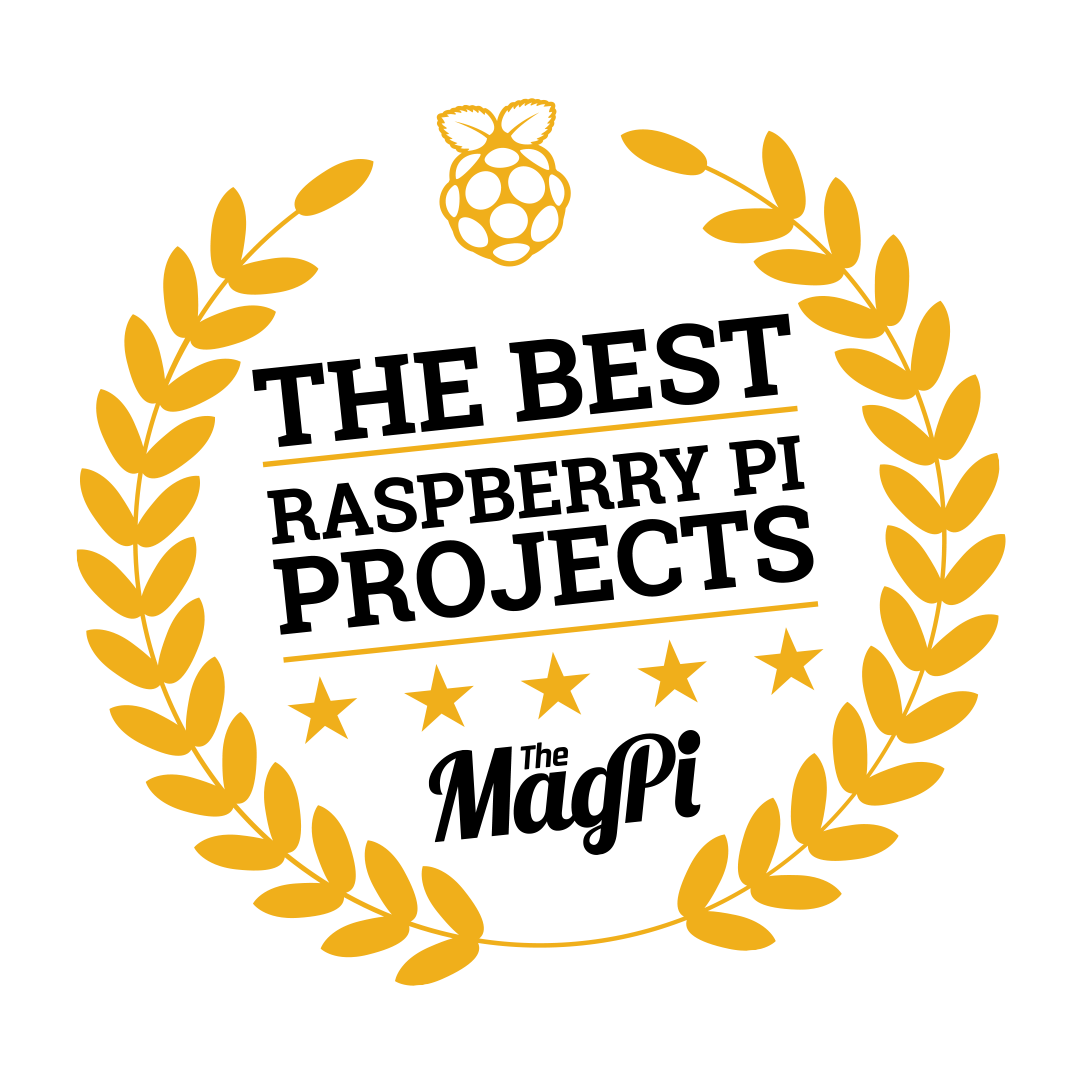Read the statement by Michael Teeuw here.
Everything was going so well
-
@sdetweil on the home screen I have 2 drive icons under the wastebasket.
one is boot
the other is rootfsi then have the option to eject these in the file manager
-
@JMac there should be that drive on /dev/sda too
-
@sdetweil I’m a little confused (I’d imagine thats pretty clear at this point).
i run sudo fdisk -1
and get
Disk /dev/ram0 through to Disk /dev/ram15
the list then has
Disk/dev/mmcblk0: 7.4GiB (my thinking is this is the current/new sd card)Device
/dev/mmcblk0p1
/dev/mmcblk0p2Disk /dev/sda:59.69 GiB (I again assume this is the old SD with my original MM setup)
Device
/dev/sda1
/dev/sda/2end of the list.
does any of that make sense/ is any of it what I’m looking for? I’ve obviously taken out several lines under each of those headers just for space and time typing.
-
@JMac yes sda has two partitions boot and rootfs
but you need to run e2fsck on /dev/sda2
e2fsck mean extended version 2, file system check -
so should i also run sudo umount /dev/sda2 before running sudo e2fsck -f -v /dev/sda2?
-
@JMac yes
-
@sdetweil so I’ve run sudo umount /dev/sda1 and the same for sda2 and both folders have disappeared off the home screen.
which e2fsck do I run if i had to unmount 2 drives?
-
@JMac unmount means remove them from normal file system access
the device names still exist
as e2fsck could modify the file system blocks on the drive, you don’t want to do that while you could still copy a file there
so you are passing the hardware name to e2fsck
-
@sdetweil so do I run e2fsck -f -v /dev/sda1 or e2fsck -f -v /dev/sda2
or does it not matter?I’m struggling here to the bigger picture so can’t see the logic of the steps.
-
@JMac ok bigger picture, in Linux
hardware devices are named. see the output of ls /dev
disk devices are usually named sd??? where xxx is a letter, and partition number
letter a is the first device b the second etcsometime in the past the type of storage device was also used as part of the name, scsi, atapi …
for this case they are named sd (storage device)sda is the first storage device
sda1 is the first partition on the sda deviceon those partitions are a logical way of storing data. most linux and all windows devices store file data in sectors, 512 byte chunks called sectors. and then the file system (way of organizing those sectors)
applies some data structure on top. it’s a directory or a file. tables in other sectors build trees of data to describe the entire partition.there are different layouts depending on vendor and intended use
FAT, exFAT, NTFS EXT3, EXT4, and a host of others.all is wonderful until some sector or more gets damaged… machine was powered off during write, a hardware failure…
now the filesystem code is confused… says read sector 853, and the bits there will tell it where the next sector is for this file. but the bits don’t point to the right place… Oops
some file systems include a duplicate set of bits do there is an alternative way . some use them only for recovery.
sd card hardware is known for being fragile. it was designed for lots of reads,with few writes. camera picture music file. NOT an os that is waiting logs and other stuff constantly.
anyhow.
to check and correct these kinds of problems with the Linux ext file system we need to run thr fsck program on the raw partition. and make sure that moone else is using it.unmount takes it out of circulation. no users files open
fsck and e2fsck need to read the raw sectors on the partition, but we just unmounted it.
so we need to provide the hardware name for the program to use.
